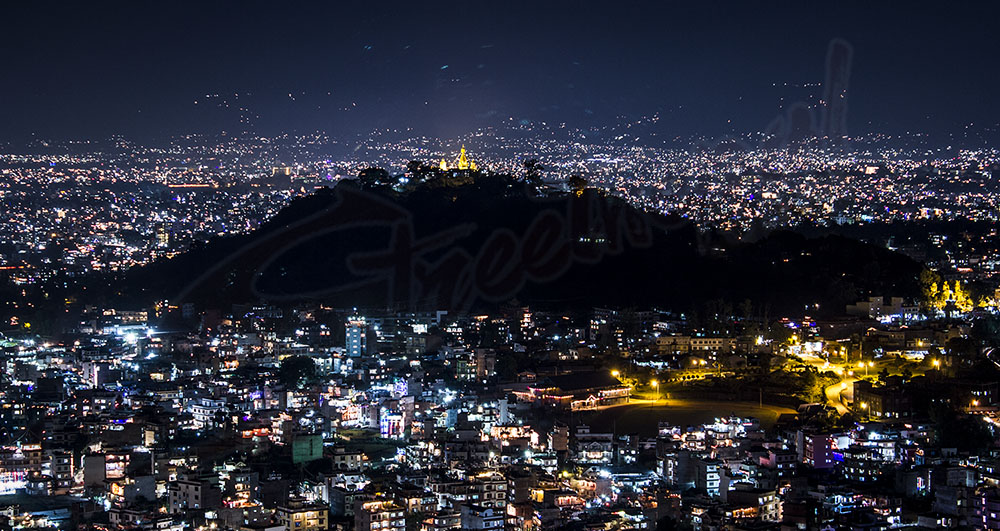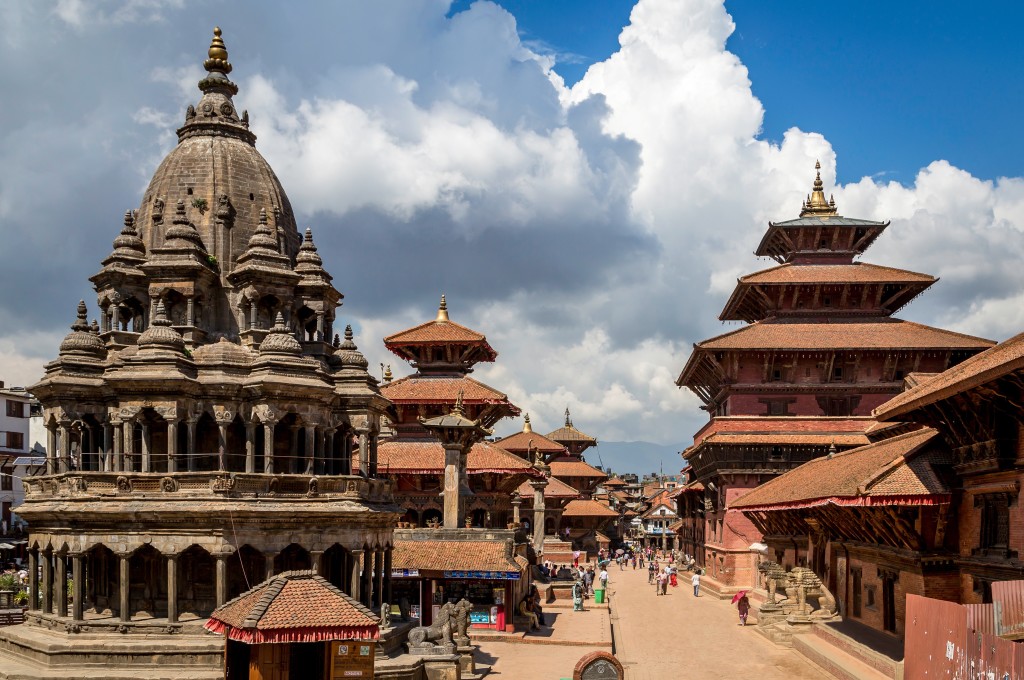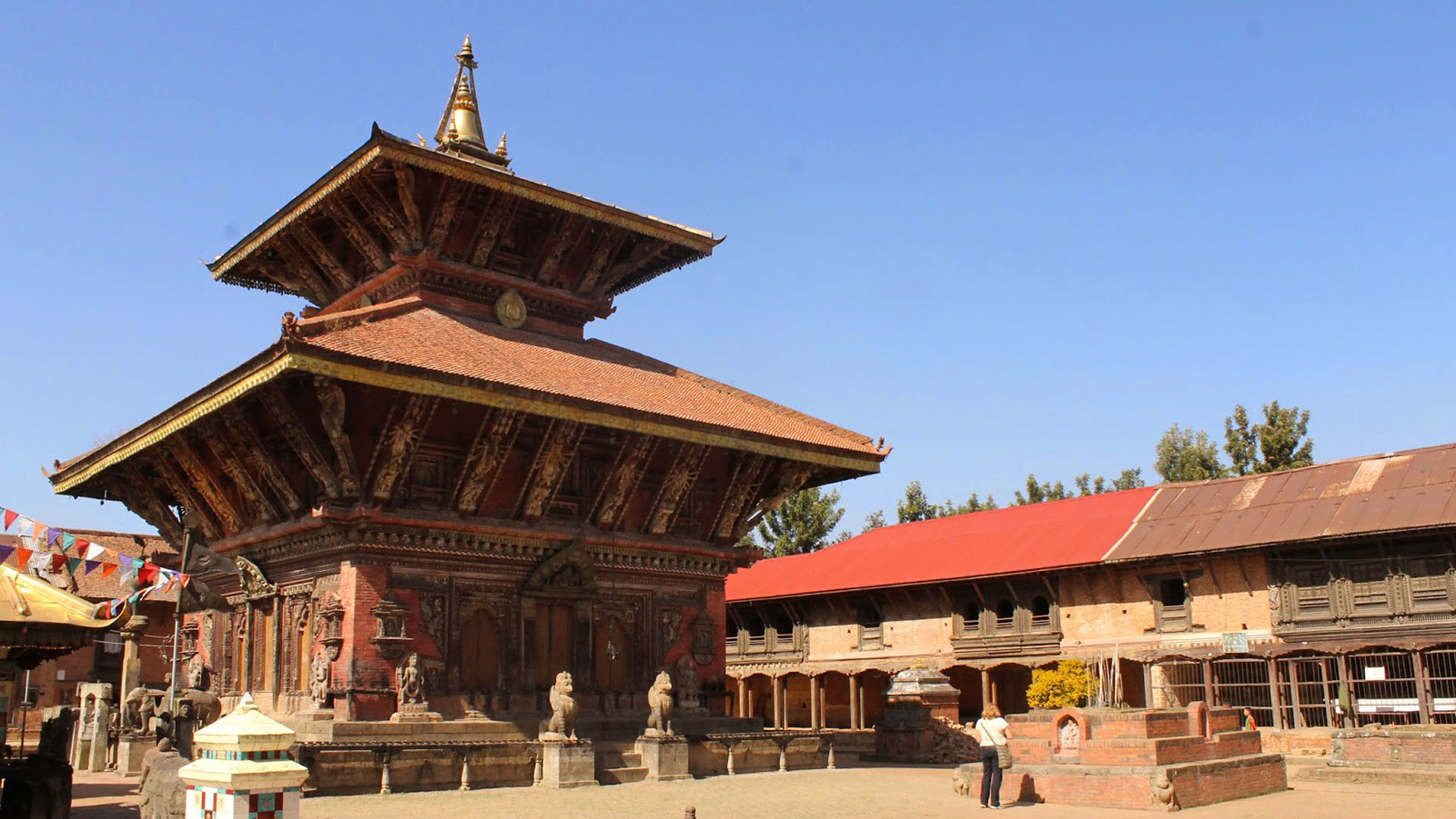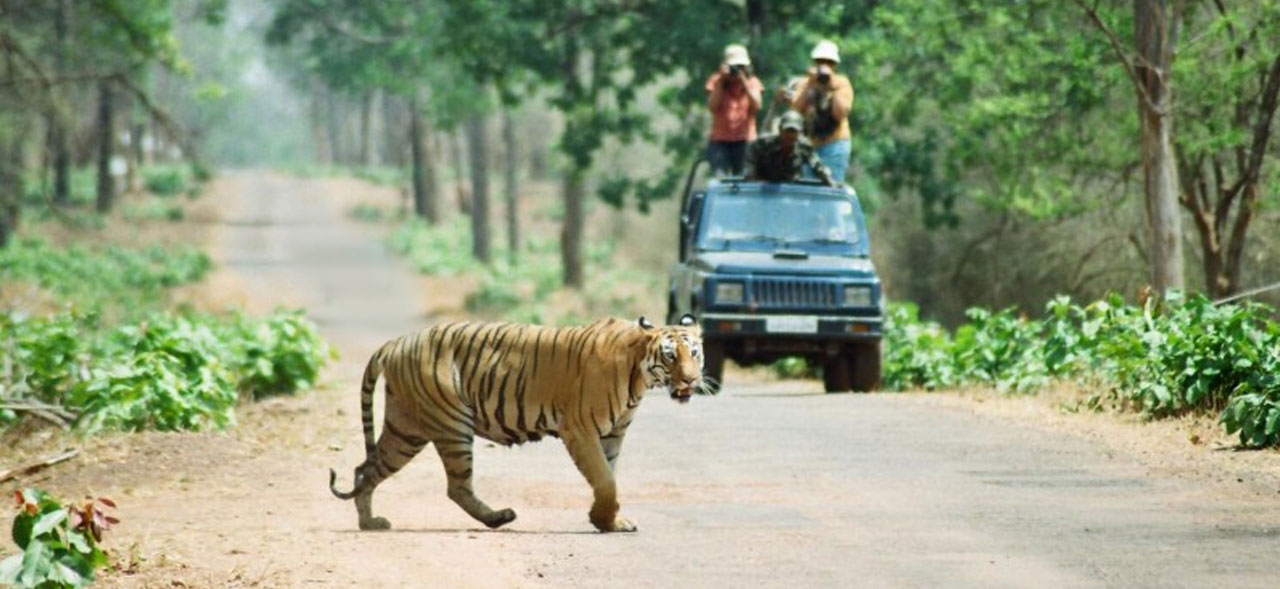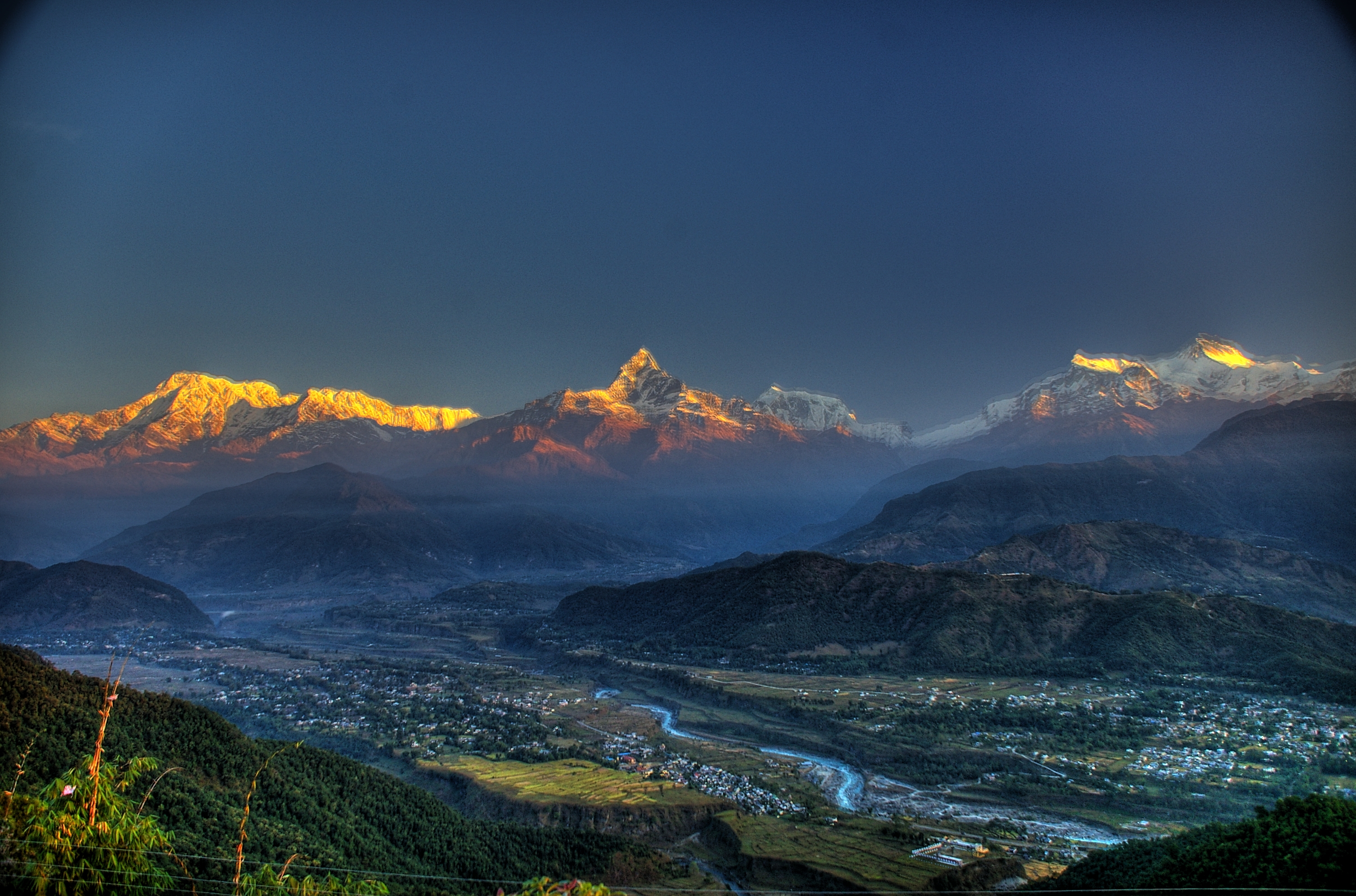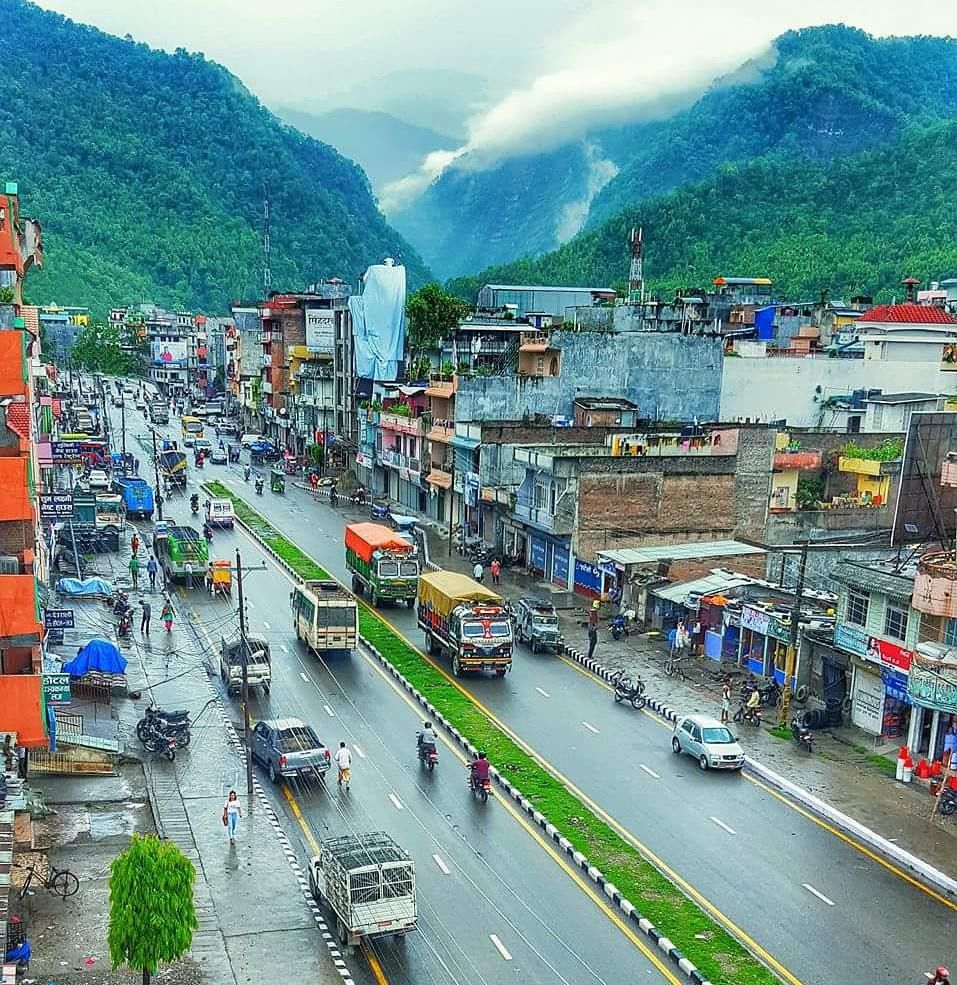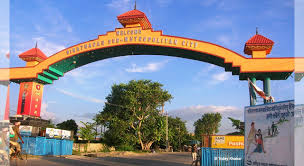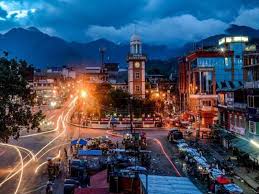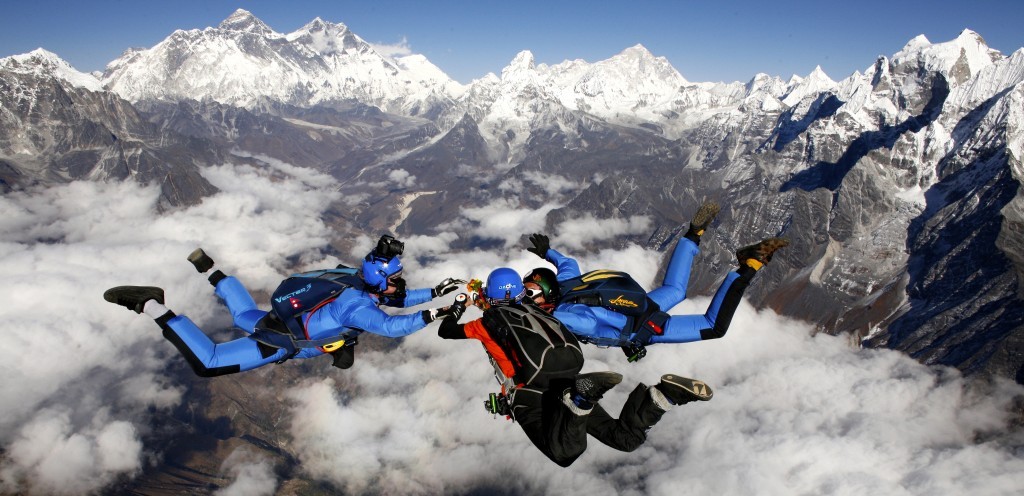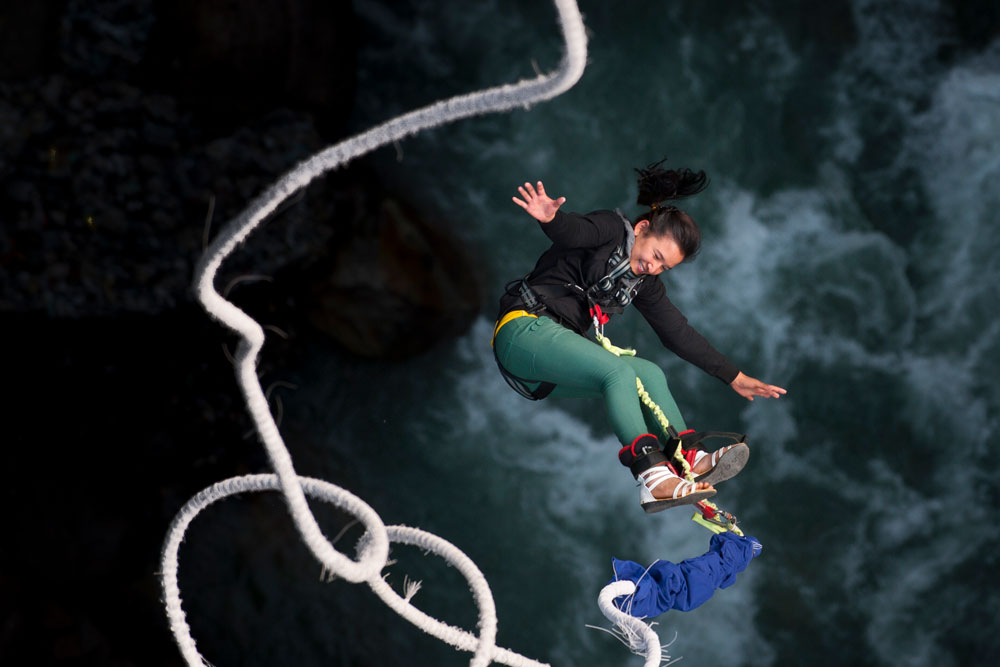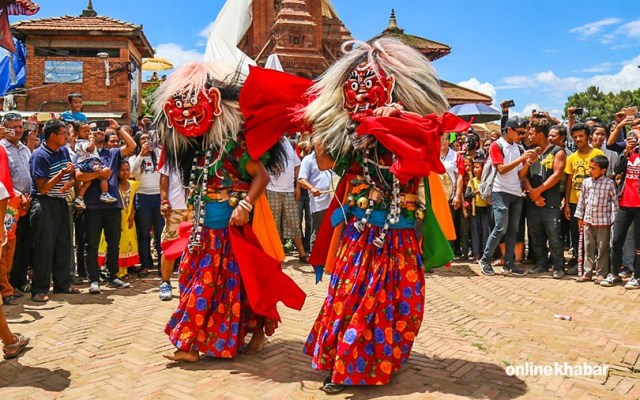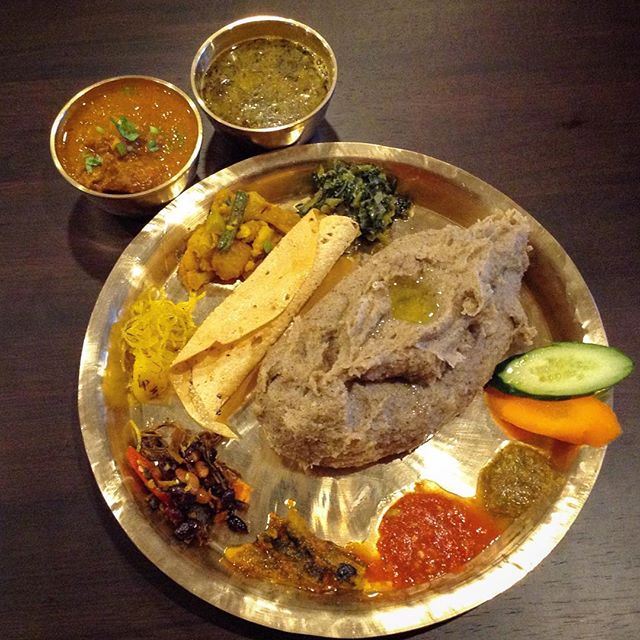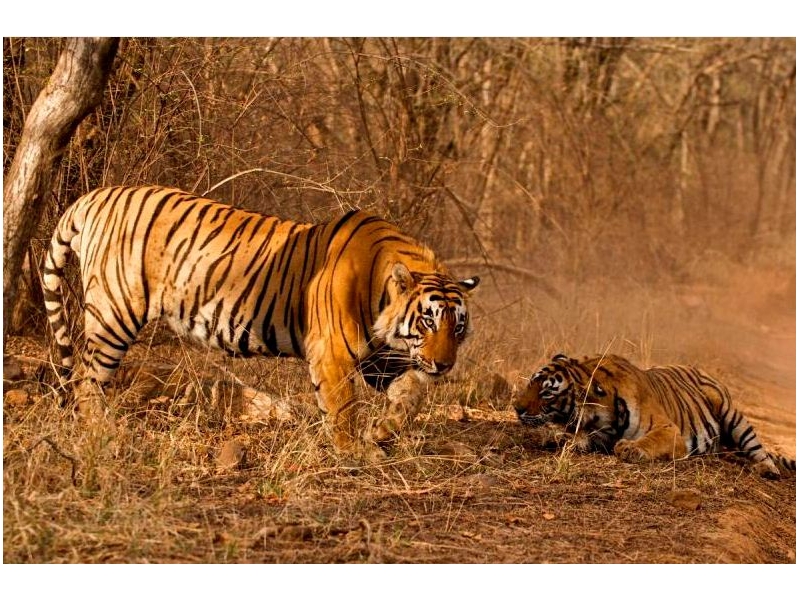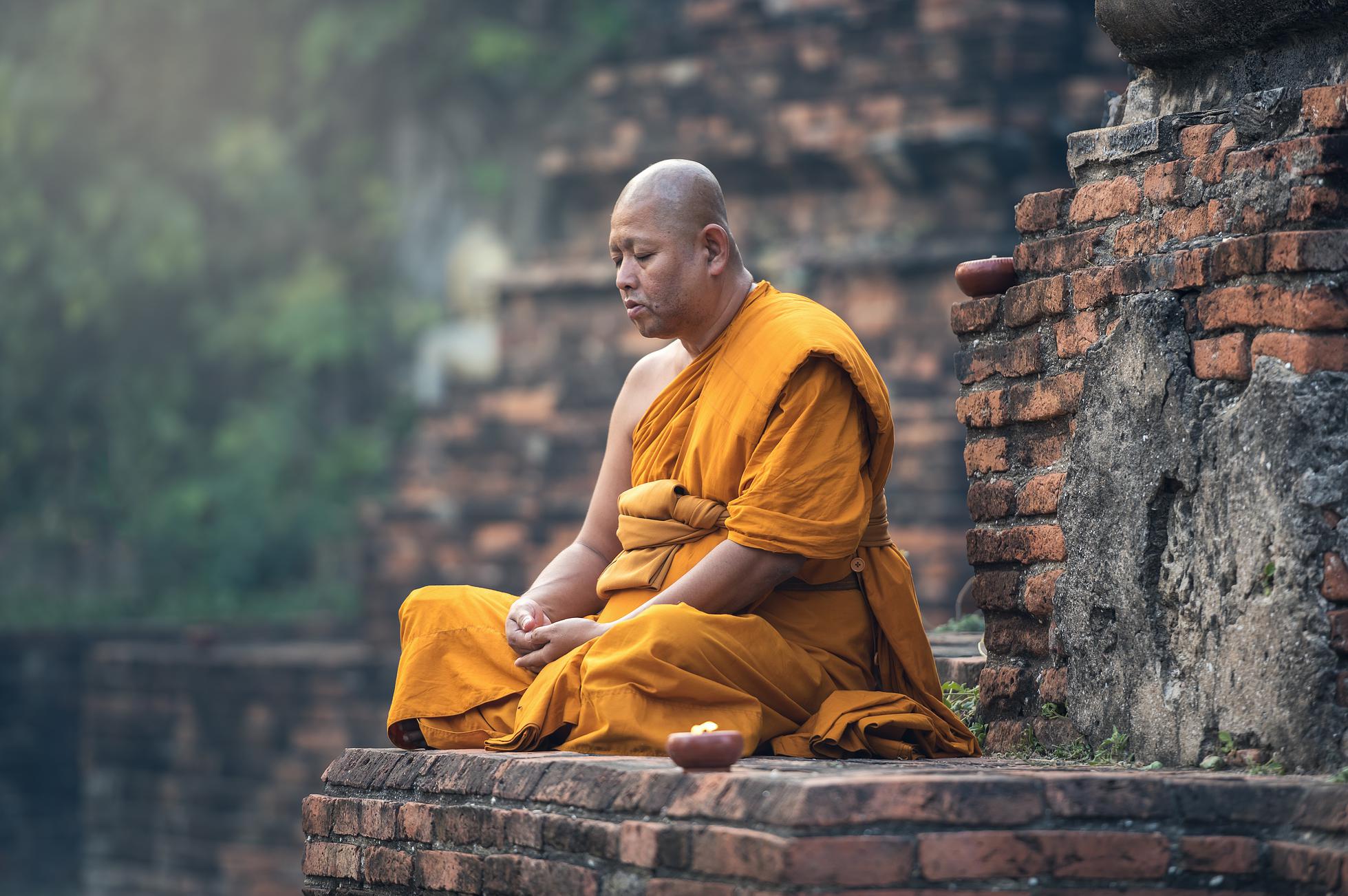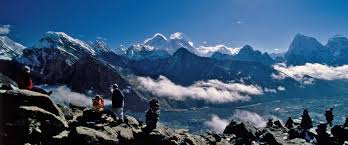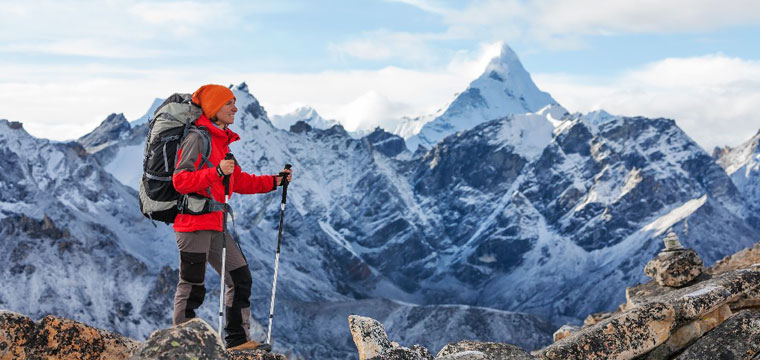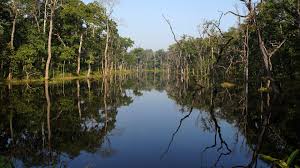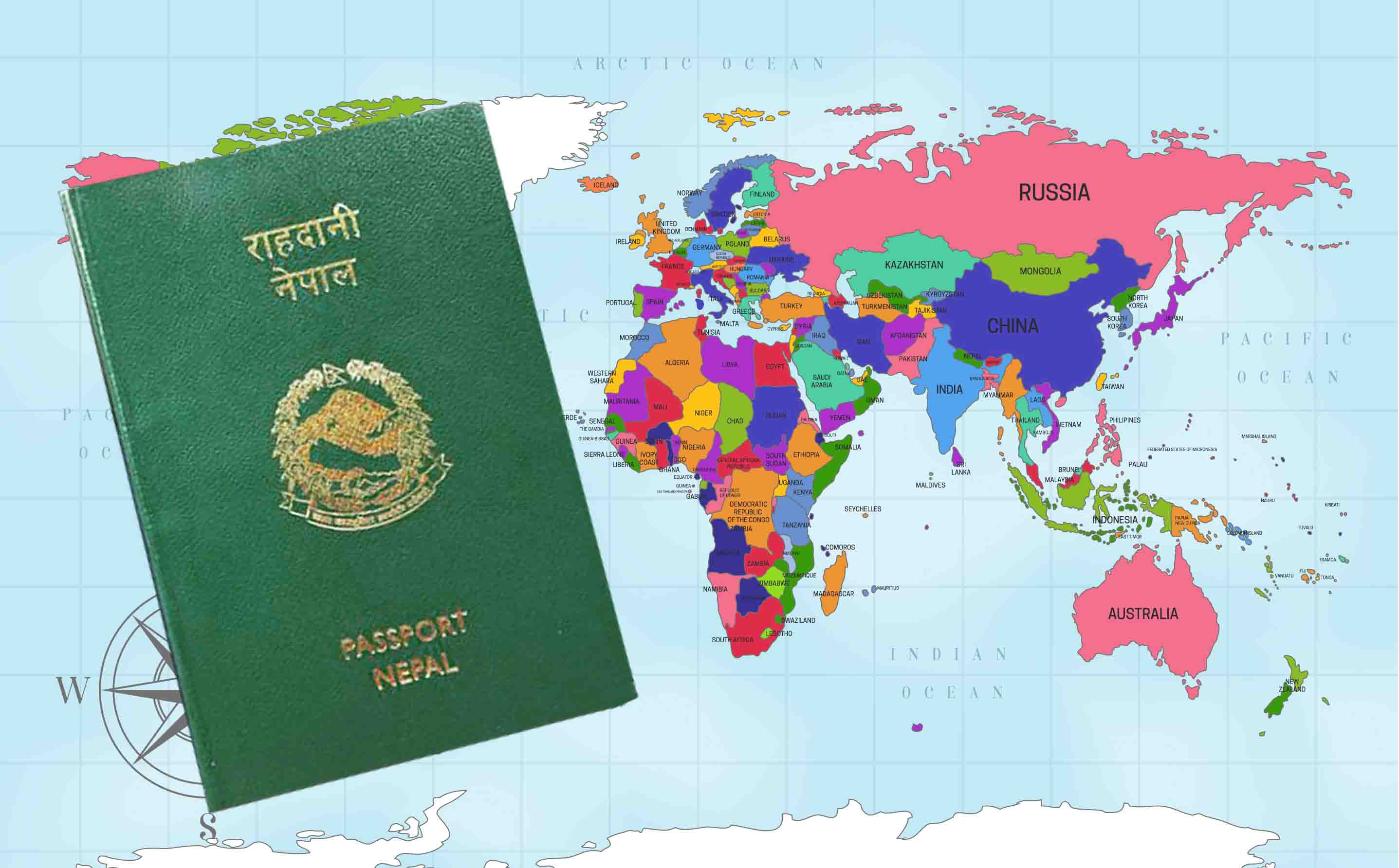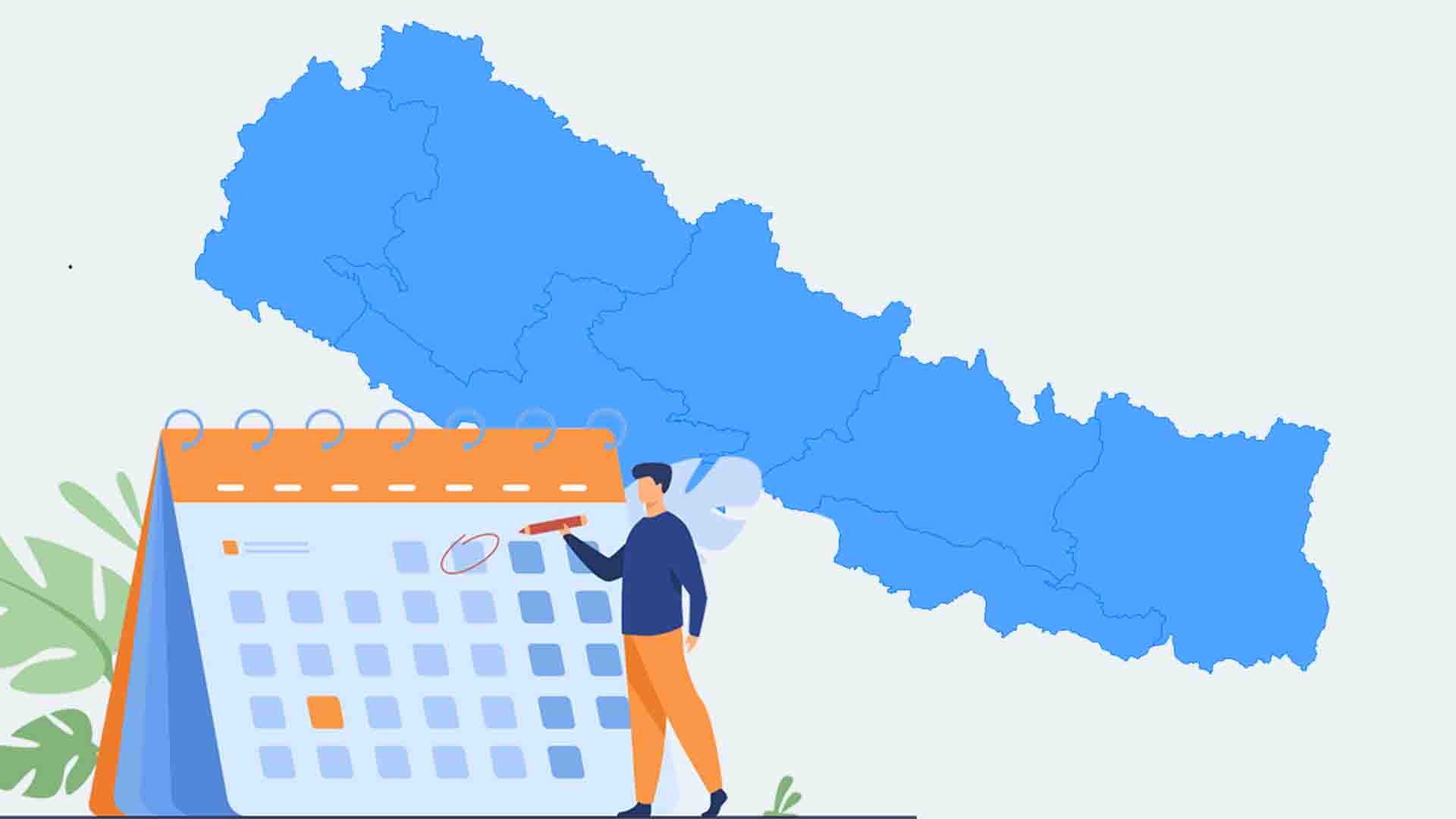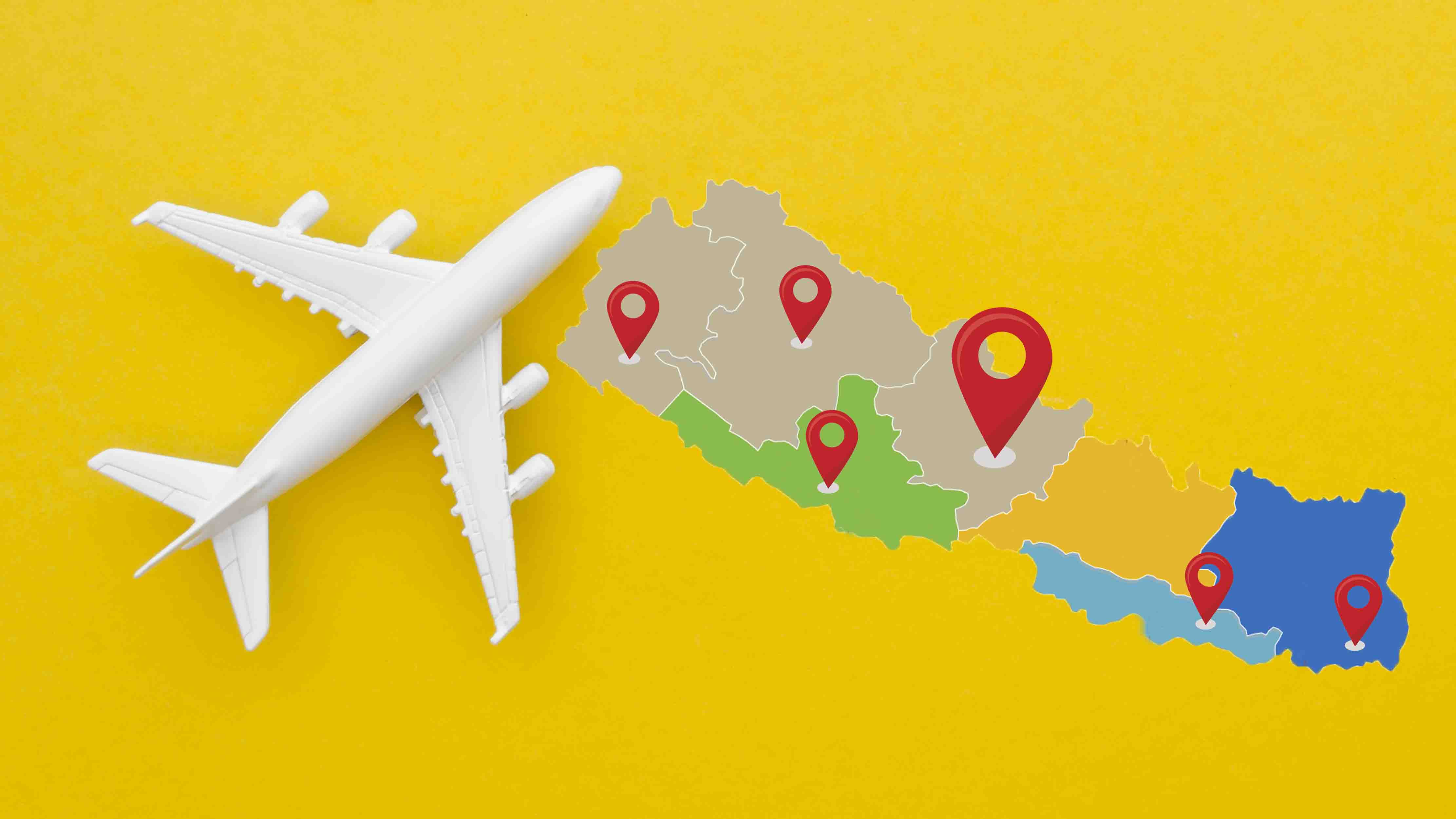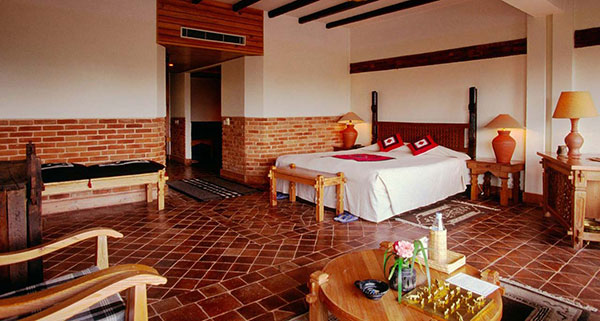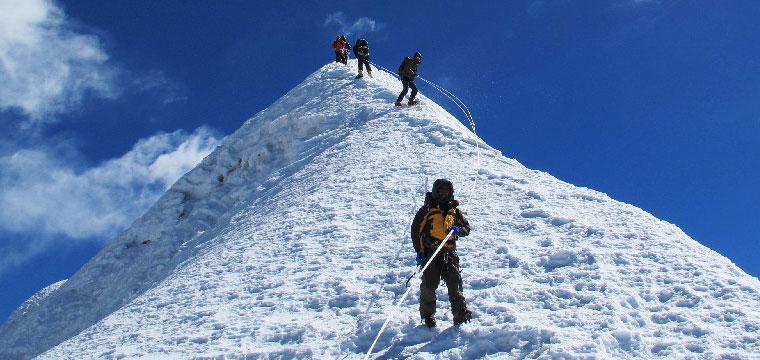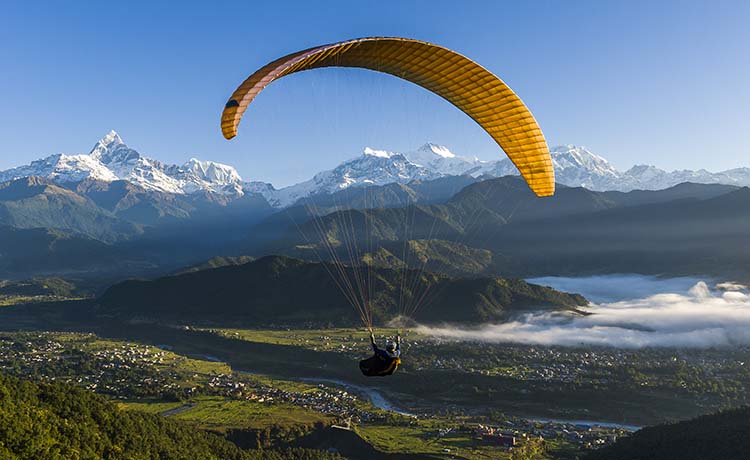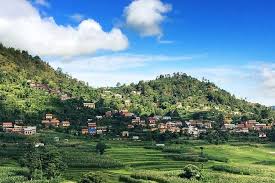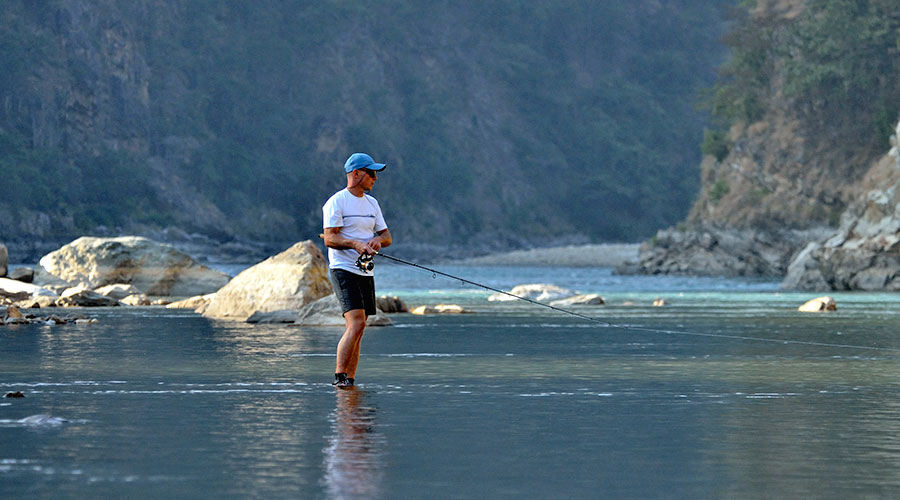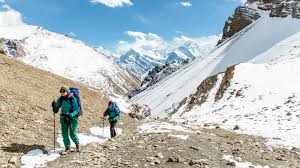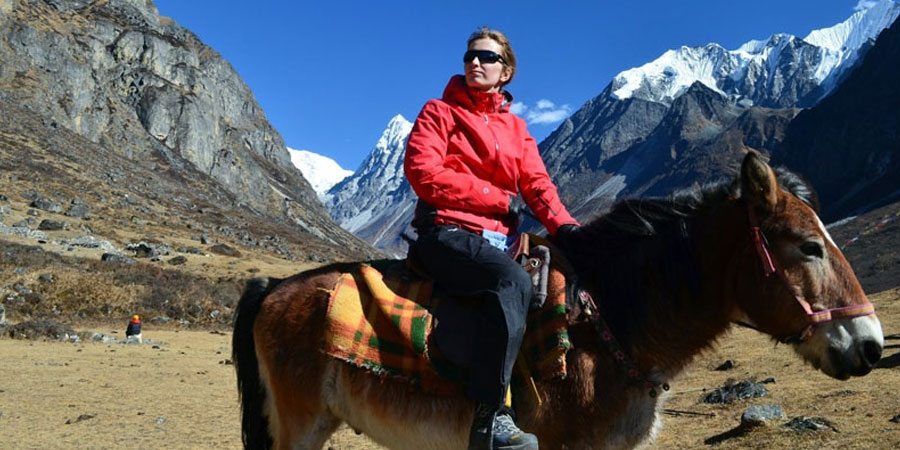Understand Nepal > adventure > Mountaineering
Mountaineering
Recognized as the roof of the world with the country lying on the lap of the world’s highest mountain – Mount Everest, Nepal is a paradise for mountaineers and gateway to outstanding mountains. With eight of the world’s highest mountains, Nepal is a junction for trekkers worldwide. With 326 climbing peaks, Nepal challenges everyone to see from the top of the world by conquering Everest or see its beauty from the nearest Everest Base Camp.
The country with one-third of its land lying above an elevation of approximately 3,500 m, Himalayas of Nepal, is the most formidable mountain range in the world. Everest, Kanchenjunga, Lhotse, Makalu, Cho Oyu, Dhaulagiri, Manaslu, and Annapurna, known as the eight-thousanders, are the highest mountains in the world that make Nepal a kingdom of mountains.
Out of these eights, Annapurna was the first to be summited in 1950 by French Expedition led by Maurice Herzog. Everest was summited after three years by Edmund Hillary and Tenzing Norway with a British Expedition led by John Hunt. 103 out of 326 peaks opened for mountaineering expeditions are yet to be climbed. Nepal provides outstanding opportunities and services to mountaineers, along with skills and information regarding gears as mountaineering is one of the most popular activities in Nepal.
Looking back into time, peak climbing began in the 1950s, started by explorers from British India, who were attracted by challenging virgin peaks. The industry of mountaineering was well established by the start of the 1960s. Ever since, countless private companies provide logistics, porters, guides, and take the trekkers to full Expedition in groups for even months. The companies are licensed, provide reliable services, provide job opportunities to locals from mountains who can guide in a better way, and develop the trails with at least minimum lodging and eatery facilities.
Sherpas are among the most popular ethnic groups of mountains, as they have been part of most of the problematic and successful mountain expeditions. They are the real inhibits of the mountains, and have known their area the best. Sherpas have risked their lives for their clients, and there are many records of them being humble, generous, and best rescuers.
Everest and Annapurna ranges receive maximum attention, but other peaks like Manaslu, Lhotse, Ama Dablam, etc. are quite challenging and receive enough trekkers too but are yet to gain popularity. The climbers looking for ultimate trekking experience, prefer virgin peaks and are ready to take all the risks. Some mountain regions like Annapurna, Kanchenjunga, Manaslu, etc. are under different conservation areas, national parks, or restricted areas. Popular mountain routes have well-developed trails with accessibility to minimum services, while others are remote and virgin. It is better to study about permission and commitment required to conquer any mountain or base camp before making the Expedition.
The expedition peaks higher than 6,500 m are under the Ministry of Tourism's responsibility while Nepal Mountaineering Association is responsible for Trekking Peaks (5,800 m to 6,584 m) and the peaks below 5,800 m do not need any special permits.
The perfect time to make mountaineering expeditions are pre-monsoon and autumn. Winter brings extreme coldness, and early spring brings seasonal snowstorms, so it is better to avoid these seasons.
For tourists who want to experience mountaineering, but cannot or do not want to climb, Heli and Mountain Flights are available to let them enjoy the beautiful views of the mountains and provide a lifetime experience.








